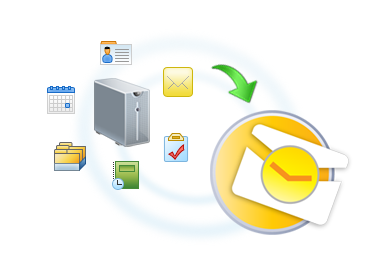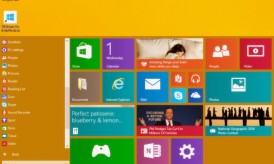Microsoft’s Exchange Server, the most preferred emailing Server sustains smoother and secure email communication over web. As email communication is the proof of all client conversations, it is so important to keep the records of all such conversations. Exchange uses an EDB file to keep all the data of connected users.
A single corruption may cause important mailbox inaccessibility. Anyway, these files may get damaged due to other factors such as virus attacks, accidental or dirty shut down, hardware failures, log file deletion etc. and lead to certain file system and Server errors.
Earlier it was really difficult to maintain complete records of email communication data but with the development of Exchange Server email communication data backup has become more easy and flexible. For the long run, user can even keep the copy of an EDB file in PST form by converting it into PST format. It is very easy to maintain records of EDB file by converting them to PST file format. For that user can use the expertise of a reliable third party EDB to PST converter tool.
Deep overview of EDB file: EDB file is the database file of Microsoft Exchange Server. Server uses such database files to keep user’s information. Data can be Address book details, attachment files, appointments, notes, journals and media files. Till the time of Exchange Server 2003 version all the user’s data was stored in two different parts of EDB file. Below are the format names with descriptions:
EDB File: All the textual data includes emails, contacts, notes etc. was stored in EDB format. EDB was further divided into Pub1.edb and Priv1.edb folders.
STM File: STM was responsible for storing media files. STM was categorized into Pub1.stm and Priv1.stm folders. Let us have a look on what are the Public and Private folders:
- Public folders ( Pub1.edb, Pub1.stm)
- Private folders( Priv.edb, Priv1.stm)
Public folders (Pub1.edb, Pub1.stm)- Pub.edb and Pub1.stm folder was responsible for storing shared data of all connected users that may include emails, attachments, pictures and anything that is shared publicly on server.
Private folders (Priv.edb, Priv1.stm)- As the name suggests Priv.edb & Priv1.stm folders were responsible for the private mailboxes’ items of all users on server.
More about PST file type: PST means Personal Storage Table. PST is the file format used by Microsoft Outlook. PST file is an importable file of Outlook. The only limitation with this file is that “Older versions of Outlook (2000 and 2002) wouldn’t support PST file heavier than 2 GB”. To overcome this limitation Microsoft has already extended the file size of PST in the upgraded versions. Now Outlook 2003 and 2007 can support file size of up to 20 GB whereas in Outlook 2010 we can go up to 50 GB.
Need of EDB to PST Conversion: As a matter of fact, EDB files are the proprietary of Microsoft, so no third person or software can create or modify this file without accessing Microsoft Exchange. In this case “What if a user wants to access his mailing data from a system where server is not connected?” In this situation user can convert EDB file into PST file and then can access them from any other system where Outlook is installed and connected with Internet.

















Hey!
I have used that tool. This is amazing…. when i stucked with my data and want to convert EDB file to PST file, i used that. it made my work very easy.